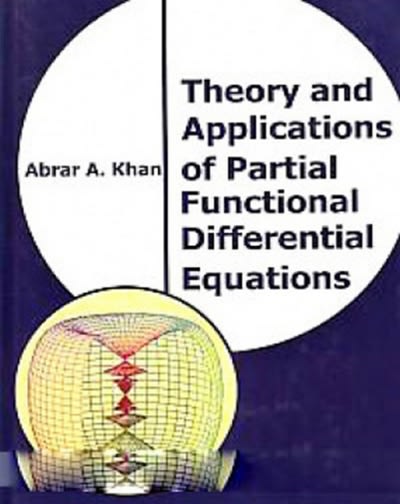1. What is the difference between a null hypothesis, H0, and an alternative hypothesis, H1? Choose the correct answer below. A. The null hypothesis states
1. What is the difference between a null hypothesis, H0, and an alternative hypothesis, H1?
Choose the correct answer below.
A. The null hypothesis states a status quo case. The alternative hypothesis states a claim that is contrary to the null hypothesis and often represents a research claim of specific inference that an analyst seeks to prove.
B. The null hypothesis represents a sample statistic. The alternative hypothesis states a claim that is contrary to the null hypothesis and often represents a research claim of specific inference that an analyst seeks to prove.
C. The null hypothesis represents a research claim of specific inference that an analyst seeks to prove. The alternative hypothesis states a status quo case.
D. The null hypothesis states a status quo case. The alternative hypothesis represents a sample statistic.
2. What is meant by a p-value?
Choose the correct answer below.
A. The p-value is the probability of getting a sample statistic equal to the sample result, given that the null hypothesis is true.
B. The p-value is the probability of getting a test statistic equal to the sample result, given that the null hypothesis is true.
C. The p-value is the probability of getting a test statistic equal to or more extreme than the sample result, given that the null hypothesis is true.
D. The p-value is the value(s) that divide the sampling distribution into the rejection region and nonrejection region.
3. What is the interpretation of the coefficient of determination?
Choose the correct choice below.
A. The coefficient of determination measures the proportion of variation in Y that is explained by the variation in the independent variable X in the regression model.
B. The coefficient of determination represents the mean value of Y when X equals 0.
C. The coefficient of determination represents the expected change in Y per unit change in X.
D. The coefficient of determination measures the variability of the observed Y values from the predicted Y values.
4. When is the unexplained variation (that is, error sum of squares) equal to 0?
Choose the correct choice below.
A. When each value for the variable's observed value is greater than the predicted value
B. When each value for the variable's observed value is lesser than the predicted value
C. When each value for the variable's observed value is equal to the opposite of the predicted value
D. When each value for the variable's observed value is equal to the predicted value
Step by Step Solution
There are 3 Steps involved in it
Step: 1

See step-by-step solutions with expert insights and AI powered tools for academic success
Step: 2

Step: 3

Ace Your Homework with AI
Get the answers you need in no time with our AI-driven, step-by-step assistance
Get Started


